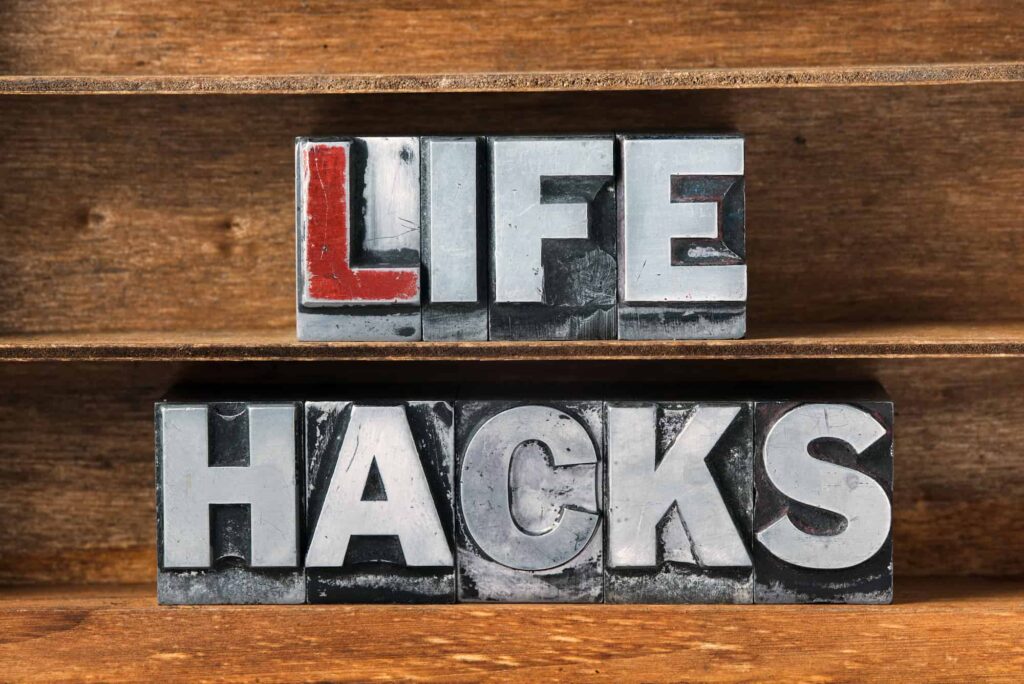Would you like to know the secrets to transforming an ordinary brain into an extraordinary one? According to Psychology Today, ‘to understand what your brain is capable of, you will want to engage in techniques that accomplish one or more of the following: they make the unfamiliar familiar, the expected unexpected and the unconscious conscious’.
Here are some tips to help you learn more, retain more and create more in your life:
- How to make the familiar unfamiliar and vice versa
Research shows that introducing novelty (that which is unfamiliar) can better encode memories. The brain automatically casts aside mundane occurrences and holds onto unusual ones as a protective mechanism. Another reason we are able to recall the dates of deaths, marriages or other major news stories is because they interrupt the daily flow of life.
- How to make learning stick
Neuroscientist Paul Smolens article in Nature Reviews Neuroscience showed that learning progresses when exposure to novel stimuli is spaced out over a longer period of time. An example of this would be studying for an exam over a period of a few months as opposed to cramming.
The ANKI flashcard memory system is very effective as a result of spacing out learning over an extended timeframe, allowing neurons that encode memory to recover their protein synthesis.
- How to create plasticity
Memories are stored in the parts of the brain where the information was received. As a result, the more different brain regions are used in creating the information, the greater the neural storage capacity. This suggests that if you want to deepen and retain whatever you are reading instead of just taking notes draw some diagrams or listen to a recording.
- How to create creativity
The greatest advances tend to come not from new inventions but from new combinations of already existing inventions. A lot of people have ingrained expectations of how things are supposed to work and this often gets in the way of effective problem solving and creative opportunities.
Departing from an objects normal function is a great way to explore other possibilities. i.e. a brick could be ground to make red pigment.
- How to read people better
Studies suggest that the best way to read people is (ironically) by focusing more internally than externally. When looking at a smiley face our own muscles make subtle contractions to mirror their expressions. This in turn gives feedback to our limbic system generating an emotional response. By reading our own emotions we can try to read those of others.
By Natasha Kelly
www.natashakhypnotherapy.com





